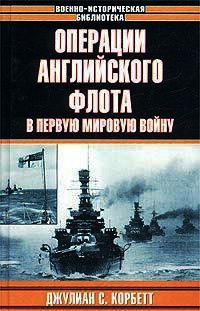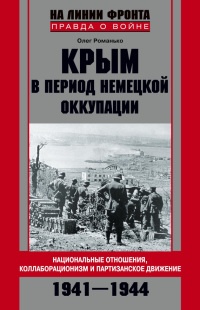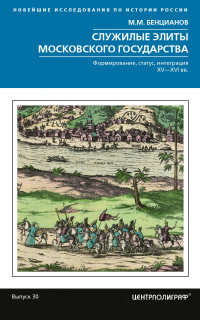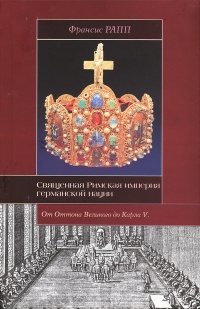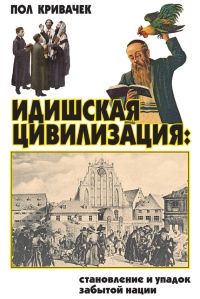Книга Нации и этничность в гуманитарных науках. Этнические, протонациональные и национальные нарративы. Формирование и репрезентация - С. Федоров
Шрифт:
Интервал:
Закладка:
l) they considered themselves Eastern Franks and Germans, 2) Charlemagne conquered the impérium from the Langobards for the West Franks, while Otto the Great conquered it again from the Langobards for the East Franks[50]. While the political character of Frederick’s speeches and his goal to reestablish imperial rule in Italy is obvious, his source of legitimacy, the legacy of the Franks, was fervently denied by the Senate of Rome, which claimed that only the city of Rome may bestow the impérium Romanům upon a person, and that not even the pope could do so[51]. The papacy and many Italian authors, however, believed that the impérium was the pope’s to give[52]. Even pro-Hohenstaufen authors such as Otto Mořena[53] and the anonymous author of the Carmen de gestis Friderici I. in Lombardia held this view[54]. Frederick and his court, on the other hand, had a different view: the emperor was crowned by God while the pope was merely the physical instance through which God operated[55], just like God anointed David through his agent, the prophet Samuel[56].
The question is: what was at stake for both Conrad III and Frederick I? While the first could not force his opposition in Germany to submit, Frederick had practically no opposition there except in the 1180s. What they had in common was the plan to restore imperial rule over Italy and conquer the Kingdom of Sicily while giving out as few concessions to the papacy and the Byzantine Empire as possible[57]. Both Conrad III and Frederick I were elected as kings when another candidate was the legal heir of the previous ruler: Conrad succeeded Lothair III instead of his son-in-law Henry X of Bavaria, and Frederick succeeded Conrad III instead of Conrad’s seven-year-old son Frederick[58]. However, there is a difference between the two Hohenstaufen. While Conrad III died never having achieved unity in the empire, Frederick’s catastrophic Italian campaign of 1166–1168 produced unexpected results: half his court had died of the plague, including his young cousin, Frederick of Rothenburg. Barbarossa was now free to crown his own son, Henry VI, junior king in 1169[59].
This change is reflected in the works of Godfrey of Viterbo, which contains a narrative revised for the different situation of the 1180s. Godfrey’s position as tutor to Henry VI makes his work even more interesting, as most of his works were apparently written for the education of the young king[60]. A noticeable change in the narrative is that while Otto of Freising praised the elective principle of the imperial succession in the 1150s[61], already Godfrey of Viterbo’s first work, the Speculum regum, instructed Henry VI to look up to his ancestors, including Nimrod, whom God himself gave royal power, Jupiter, who was the first man to call himself a god, and Augustus, who founded the Roman Empire and almost proclaimed himself a god, but then had a vision of the Mother of God with Child[62]. The Speculum's story of Constantine the Great is a different case altogether: Henry VI is taught that Constantine was a base foreigner who robbed Rome of her impérium and gave it to the Greculi[63]. Moreover, he was an Arian heretic who introduced heresy to the whole world. Godfrey’s later works, including all the versions of the Pantheon, describe Constantine in line with Otto of Freising s Chronica[64].
Godfrey’s history of the Franks is an even more ideologically biased. In one version, Clovis was baptized even before Constantine the Great was. Clovis was, therefore, more virtuous and beloved of God, just like his people, the Franks, were[65]. In Godfrey’s other versions of Frankish history a more realistic chronology is observed[66]. The Carolingian overthrow of the Merovingians is portrayed as a natural development of a people who could not bear feeble rulers[67]. Godfrey retells the legend of Charlemagne, the main character in all of his works, differently each time. However, aside from the references to David’s anointment during Charlemagne’s coronation by God, the most striking element found in Godfrey’s works is the reworked genealogy of Charlemagne. His father remains Pepin the Short (751–758), who is described as a Frank, but his mother Bertrada becomes Berta, the granddaughter of Emperor Heraclius (610–641). As Godfrey states, Charlemagne united the two Trojan lineages, the Frankish and the Roman-Greek, into one, thereby becoming the rightful ruler of the impérium Romanům[68]. The rest of Godfrey’s Frankish and German history follows Otto of Freising’s model[69].





















